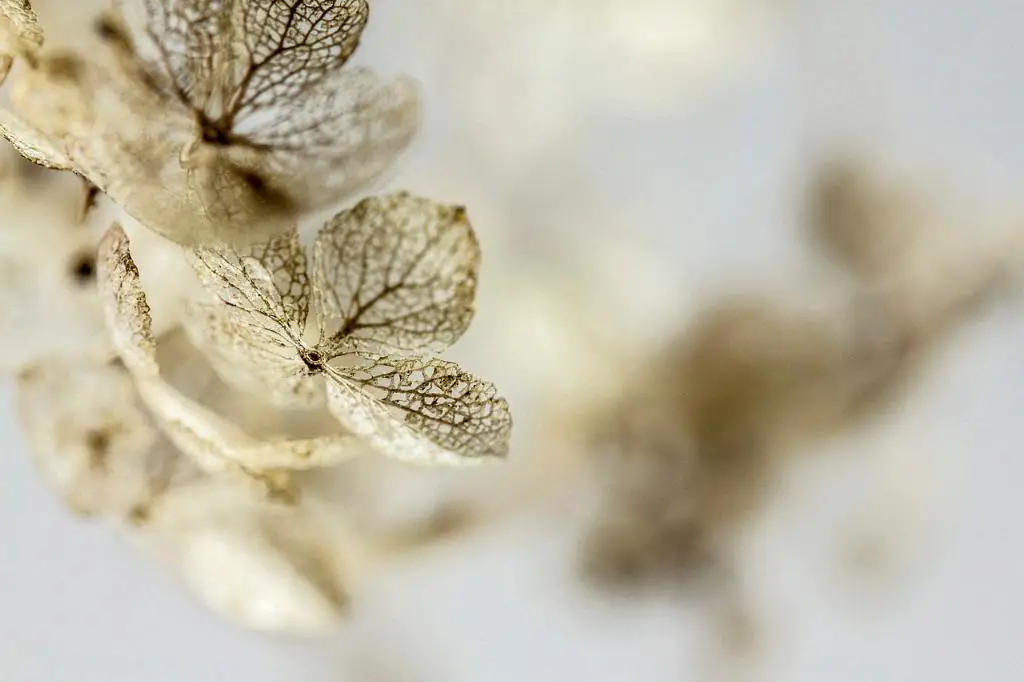Deciding the opportune moment to trim your hydrangeas can greatly impact their growth and overall appearance. One essential aspect to consider is the type of hydrangea shrub you are working with. For plants that bear conical-shaped flower heads, such as the Oakleaf and Panicle hydrangeas, it is advisable to conduct pruning in fall, late winter, or spring. During this period, it is recommended to prune back the stems just above a plump bud, a technique commonly known as a heading cut.
Another significant consideration is the aesthetic value of the dry, tan flower heads that hydrangeas often retain through the winter months. These spent blooms not only provide visual interest to your landscape but also serve as insulation and protection for the plant during the cold season. To preserve the winter allure of your garden and safeguard the shrub, it is prudent to delay pruning until late winter or spring when the threat of frost has diminished.
Timing plays a crucial role in the health and vitality of your hydrangeas. By pruning during the recommended seasons, you encourage new growth and flower production while maintaining the structural integrity of the plant. However, it is essential to approach each hydrangea variety with a tailored pruning strategy that aligns with its specific flowering patterns and growth habits.
Understanding the distinct blooming characteristics of different hydrangea species enables you to optimize your pruning schedule for maximum benefits. For instance, the Endless Summer and Bigleaf hydrangeas bloom on old wood, meaning they set their flower buds in the previous growing season. To avoid inadvertently removing these flower buds, it is advisable to prune these varieties immediately after they finish flowering in late summer.
On the other hand, Smooth and Panicle hydrangeas bloom on new wood, producing flowers on the current season’s growth. For these varieties, pruning in late winter or early spring before new growth emerges fosters robust flowering and ensures the plant’s vigor. By tailoring your pruning routine to the unique blooming habits of each hydrangea type, you create an environment conducive to abundant blooms and healthy growth.
While hydrangeas are resilient plants that can withstand a range of pruning techniques, adhering to best practices and suitable timing enhances their overall well-being. Utilizing proper pruning methods and respecting the natural growth cycle of your hydrangeas not only promotes floral abundance but also contributes to the longevity and vitality of these beloved shrubs in your garden.
In conclusion, the ideal time to trim your hydrangeas varies depending on the species and flowering behavior of the plant. By assessing the blooming cycle and growth patterns of your hydrangea variety, you can determine the most appropriate time to prune for optimal results. Whether it is fall, late winter, or spring, aligning your pruning schedule with the plant’s natural rhythms ensures a flourishing and visually stunning display of blooms in your garden.

